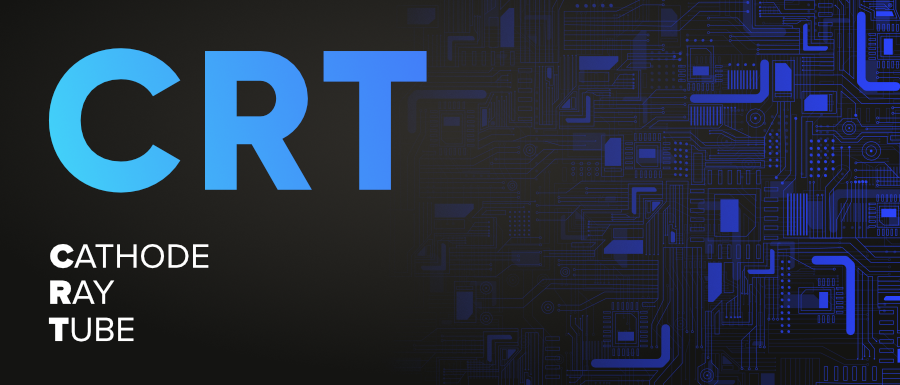CRT Full Form
Last Updated :
30 Apr, 2020
CRT stands for Cathode Ray Tube. A CRT is a vacuum tube that contains the number of electron guns and a screen which is a phosphorescent screen used in Television. The electron beams in a monitor that move across your screen either interlaced or non-interlaced, hitting phosphor dots on the inside glass tube, they light up and are projected on the screen.

There are three electron guns: red, green, and blue. The LCD display is almost matchable with the quality of CRT monitors which is why they are replacing them from both consumers as well as the professional markets.
History
Cathode rays were discovered by Julius Plücker and Johann Wilhelm Hittorf. The first CRT was invented by Ferdinand Braun. The first CRT televisions were made available commercially in Germany by Telefunken in 1934.

Characteristics of CRT
- Physical size: It has a larger size and a heavy weight.
- Contrast: The contrast provided by CRTs is considered to be better than with LCDs
- Shadow-mask: It is a thin metal screen filled with very small holes.
- Aperture-grill: It consists of tiny vertical wires. Electron beams pass through the aperture grill to illuminate the phosphor on the faceplate.
- Slot-mask: It uses a combination of the shadow-mask and aperture-grill technologies.
- Cost: CRT technology has become almost completely obsolete.
- User Friendliness: When CRT production was popular, most media content was in the 4:3 letterbox format — more square-shaped.
Advantages of CRT
- It is used in cathode ray oscilloscope.
- CRTs are less expensive.
- It is used as a display device in radar.
- CRTs run at the highest pixel resolutions generally available.
- It is used in televisions and monitors.
- CRTs have fast response times and no motion artifacts.
Disadvantages of CRT:
- CRT display technology is dependent on size.
- It displays images with fewer pixel densities.
- They consume a larger amount of power.
- They are large, heavy, and bulky.
- Relatively bright but not as bright as LCDs.
Like Article
Suggest improvement
Share your thoughts in the comments
Please Login to comment...